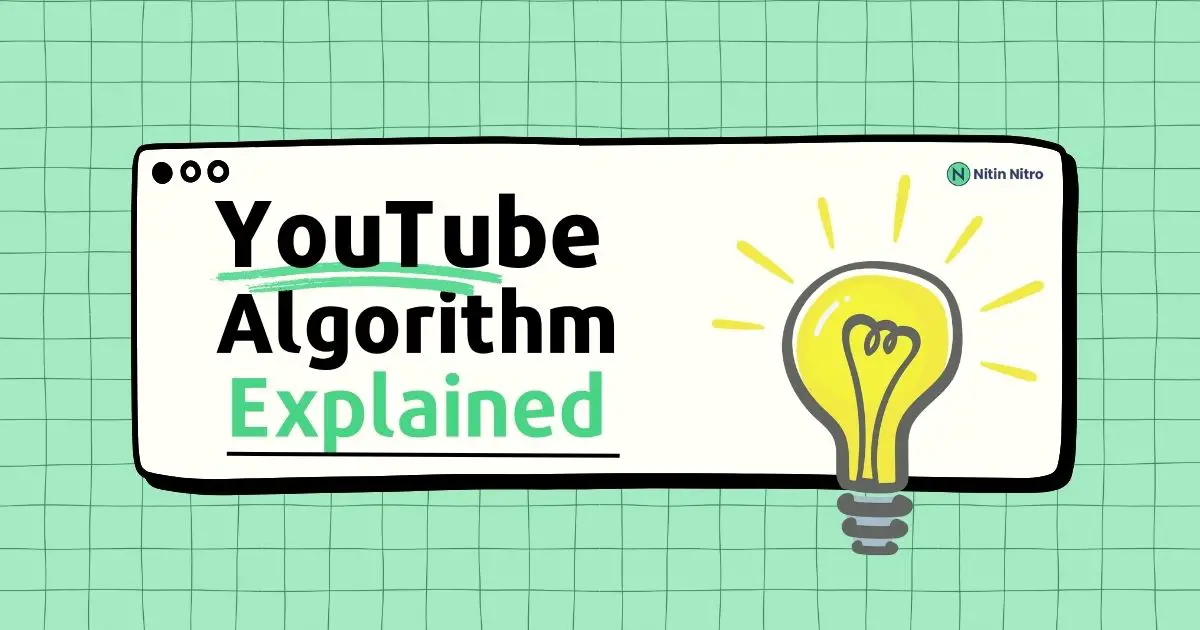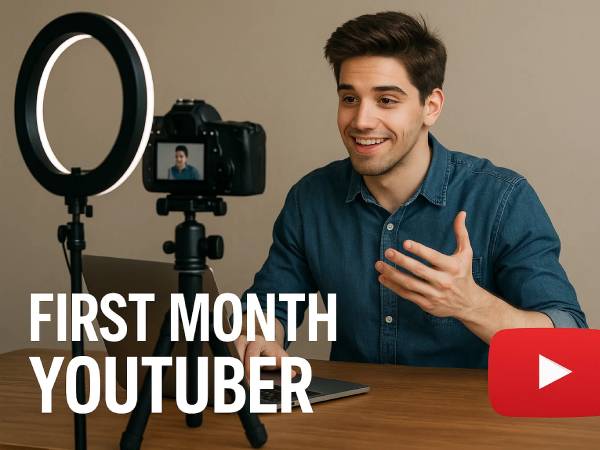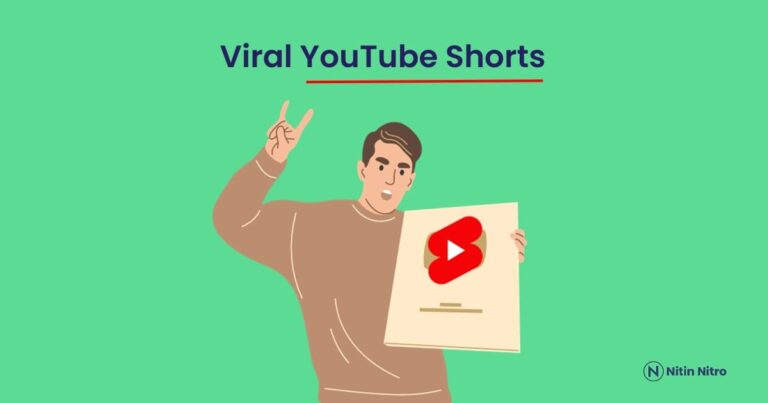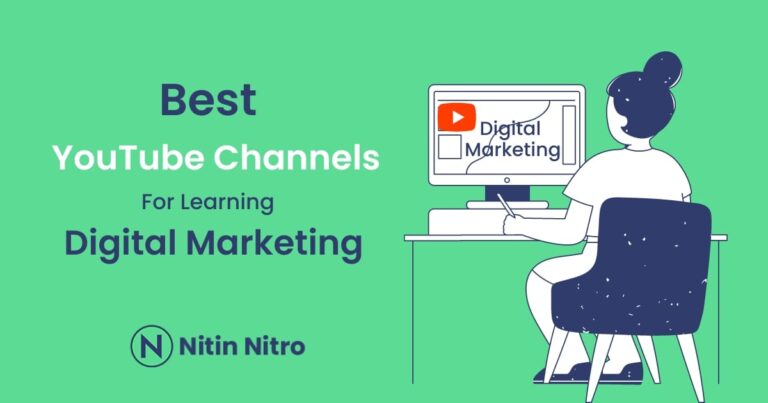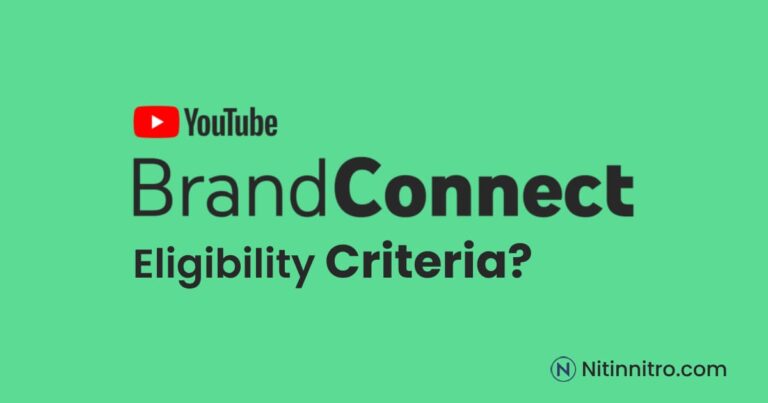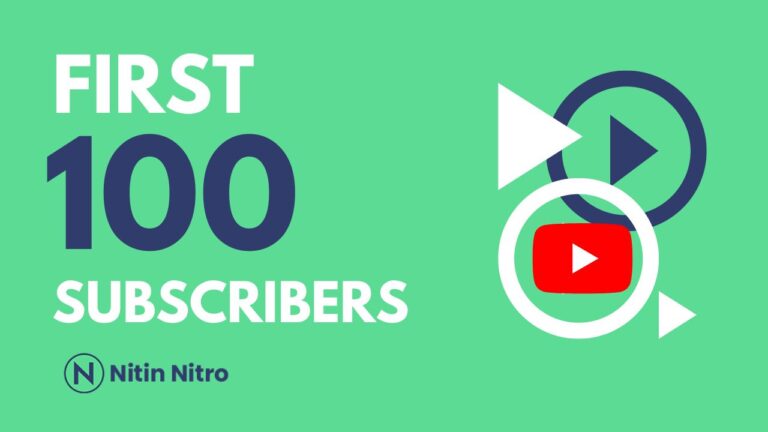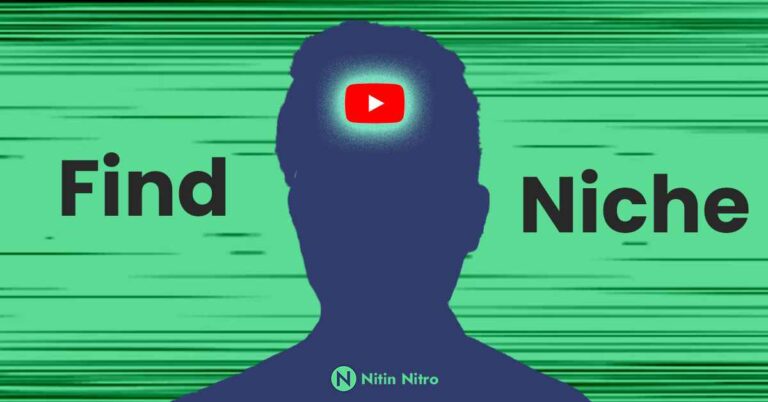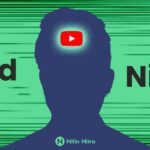YouTube is the second largest search engine after Google and gets over 1 billion users every month. With such a massive audience, many content creators try to make videos that can rank higher and get more views on YouTube.
But how exactly does the YouTube algorithm determine which videos get promoted and recommended to viewers? Here is an in-depth look at how the YouTube algorithm works and tips for creators to get more views.
How does the YouTube Algorithm Work?
The core goal of the YouTube algorithm is to keep viewers engaged and watch more videos on the platform. It does this by recommending videos that are most likely to keep each viewer watching.
The algorithm considers many signals to determine the “watch time” potential of every video for every viewer.
The YouTube algorithm is a complex, secretive system that determines which videos get shown to which users on the platform.
Its main goal is to keep viewers engaged and watching more videos by recommending content tailored to each user. Here is a deeper look at how the core algorithm works.
1. Understanding the Basics
At its most basic level, the YouTube algorithm looks at each user’s watch history and engagement to determine their interests.
It then recommends new videos that similar users have watched and engaged with. The more signals it has on what a user likes, the better it becomes at recommending relevant, interesting videos to them.
When a user is new to YouTube or hasn’t watched many videos, the algorithm relies more on the video’s content itself to assess if it aligns with the user’s suspected interests. Factors like keywords, titles, and thumbnails are weighted more heavily.
2. Ranking Based on Watch Time
While YouTube has never revealed the full details, the core ranking factor for the algorithm appears to be watch time. Videos that keep viewers watching for longer have the highest potential watch time.
So the algorithm serves them more to maximize overall viewing session times.
By looking at historical watch time metrics for each video, the algorithm predicts how long that specific user is likely to watch a given video.
It then ranks videos based on the predicted watch time for that user. The videos expected to have the highest watch times get served higher.
3. Optimizing Videos for Maximum Watch Time
There are several best practices creators use to make videos “rankable” and get longer watch times:
- Compelling hooks in the first 10 seconds
- Pacing content to gradually reveal key information
- Placing most valuable content in the first half
- Using chapters, cards, and end screens to link related videos
- Asking viewers to like, comment, and subscribe
- Making thumbnails and titles click-worthy but not misleading
Videos that successfully employ these watch time optimization tactics tend to perform better in YouTube’s algorithm.
Key Signals the YouTube Algorithm Considers
- Video Title and Tags: Titles and tags that accurately describe the content are ranked higher. Clickbait or misleading titles are penalized.
- Video Description: A robust, keyword-rich description helps the algorithm understand the content within the video.
- Thumbnails: Attractive thumbnails signal that the content gets more clicks from impressions.
- Video Length: Longer videos tend to have higher watch times. But overly long videos are penalized. The ideal length is 10-20 minutes.
- Viewer Behavior: Metrics like average view duration, likes/dislikes ratio, comments, etc. signal if viewers are engaged with the video.
- Channel Authority: Channels with a history of quality content and engagement tend to get a slight ranking boost.
- External Links: Getting social shares, embeds and links to the video from authoritative sites signals value.
- Subscriber Count: More subscribers indicates a popular channel which boosts impressions.
Based on these (and many more) signals, the YouTube algorithm predicts the watch time for each viewer and video combination. It then serves the videos expected to keep the viewer watching longest.
Also Read:
- How to choose best niche for YouTube channel?
- How to get first 100 subscribers on YouTube?
- Best way to get free YouTube views
How the YouTube Algorithm Ranks New Videos?
For a new video with no historical data, the algorithm relies mainly on the title, tags, description and thumbnail quality to predict its potential watch time. It shows the video to a small number of viewers initially. Based on their engagement, it then iterates and tweaks its prediction of the video’s “watchability” score.
Over the first 1-2 days, the rankings fluctuate rapidly as more data comes in. After about a week, the algorithm has enough viewer data to stabilize the video’s ranking position.
Tips to Get More Views for New YouTube Videos
Here are some proven tips creators can use to make new videos “rankable” and get more views from the YouTube algorithm:
- Hook viewers in the first 30 seconds. Most viewers decide whether to keep watching or move on within the first 30 seconds. An attractive hook maximizes watch time.
- Provide value early on. Put your most valuable information in the first half of the video to keep viewers watching.
- Use an SEO-optimized title and description. Include primary keywords in the title. In the description, add related keywords, links, chapters and other details.
- Use custom thumbnails that clearly depict the content. Bright colors and compelling imagery work best.
- Promote your video off YouTube. Share on social media, your email list and website to get initial traction. External links signal value to the algorithm.
- Make regular quality videos. Posting consistently shows the algorithm you are committed and builds authority for your channel.
- Optimize video length. Ideal length is 10-20 minutes. Much shorter and viewers may not fully engage. Much longer and watch time drops off.
- Engage viewers in the video. Ask them to like, comment and subscribe to increase viewer signals. Heartfelt requests work better than demands.
- Check analytics. Review performance data to identify strengths. Make data-driven refinements in titles, thumbnails etc. to optimize future videos.
| Tip | How It Helps |
| Hook in the first 30 secs | Maximizes watch time |
| Provide value early | Keeps viewers watching longer |
| SEO title & description | Helps algorithm understand content |
| Custom thumbnails | Get more clicks from impressions |
| Promote off YouTube | External signals help ranking |
| Post regularly | Builds channel authority over time |
| Optimize video length | 10-20 mins ideal for most content |
| Engage in the video | Likes, comments etc. signal value |
| Review analytics | Optimize based on data & trends |
Expert Tips to Rank Higher on YouTube
Here are some additional pro tips from online video experts on ranking videos on YouTube:
- “Focus on watch time over vanity metrics.” Views, subs and likes don’t directly influence rankings. Prioritize content that keeps viewers watching. – Derral Eves, Founder, Creator Insider
- “Use the first 15 seconds to showcase the payoff.” Show viewers the most exciting part of your video upfront to maximize retention. – Brian Dean, Founder, Backlinko
- “Always include keywords in titles & descriptions.” Make them compelling, but optimize them for SEO as well. The algorithm reads text content. – Valerie Khoo, Director, Edge Content
- “Check your analytics dashboard regularly.” See which videos are doing well and double down on that style or topic. Iterate based on data.
- “Promote your best videos again.” Revive evergreen videos by sharing on social media or adding end screens/cards pointing to them.
- “Collaborate with others in your niche.” Cross-promote videos to tap into each other’s audiences and increase external exposure.
Why the Algorithm Changes Over Time?
YouTube is constantly iterating and tweaking its algorithm to show viewers the most engaging content.
New viewer behavior data is incorporated to better predict watch times. Changes are also made to counter spam and meet evolving platform goals like supporting quality creators.
Some major algorithm shifts over the years include:
- Penalizing clickbait content (2014)
- Prioritizing channels with longer viewer sessions (2012)
- Adding more weighting to external social signals (2019)
- Demoting questionable children’s content (2019)
- Linking Video Manager data to Analytics to surface optimization insights (2020)
Staying up-to-date on YouTube’s algorithm updates can help creators adapt and continue making engaging videos tailored to current platform incentives.
The Importance of Testing and Analytics
While understanding the algorithm’s core principles is useful, creators should not become over-reliant on trying to reverse engineer or “hack” the system.
YouTube prefers that creators simply focus on their audience and make great content. The algorithm will handle surfacing videos to interested viewers.
Instead of trying to game the system, it is better to test different titles, thumbnails and topics to see what resonates most with your target audience. Let viewer behavior analytics guide your content strategy rather than trying to crack the ranking code.
Conclusion
The YouTube algorithm uses a range of signals with watch time optimization to determine which videos to promote to each user. While complex under the hood, creators can find YouTube success by simply focusing on understanding their audience and making high-quality videos that engage.
What is the most important ranking factor for YouTube?
The most important factor is watch time. Videos that keep viewers watching for longer have the highest potential watch times. So YouTube’s algorithm primarily ranks and recommends videos based on their predicted watch time for each user.
How can I get more views on my new videos?
Optimize your titles and thumbnails to make them compelling and click-worthy. Hook viewers in the first 10-30 seconds to maximize watch time. Promote new videos on social media, email lists and your website to get initial traction. The more engagement early on, the quicker YouTube’s algorithm will start recommending your content.
Does video length matter for the YouTube algorithm?
Yes, moderately long videos from 8-20 minutes tend to have the highest average view duration. Very short videos don’t provide enough time to engage viewers. Very long videos often see declining watch times. Shoot for 10-15 minutes of tightly edited content as the sweet spot.
Should I ask viewers to like, comment and subscribe?
Yes, explicitly asking for engagement in a video often increases likes, comments, shares and subscribers. This signals to the algorithm that viewers are highly engaged with your content. But make the asks authentic and heartfelt rather than demanding or forced.
How often should I upload to YouTube?
YouTube’s algorithm favors consistent creators who upload on a regular schedule, such as 1-2X per week. This shows you are committed to the platform. Maintain a regular upload cadence, even if it means creating an initial backlog of videos in advance.
What’s better – many short videos or fewer long videos?
It depends on your niche, but generally longer videos 10-20 minutes in length will perform better. You can break up key content across multiple shorter videos linked together by end screens and cards. But have a featured long-form video that dives deep into the full topic.
How quickly can a new video start ranking on YouTube?
Within the first 1-2 days, a new video’s rankings will fluctuate rapidly as the algorithm detects initial viewership data. After about a week, the rankings stabilize as the algorithm has enough data to sufficiently predict the video’s potential watch time.

